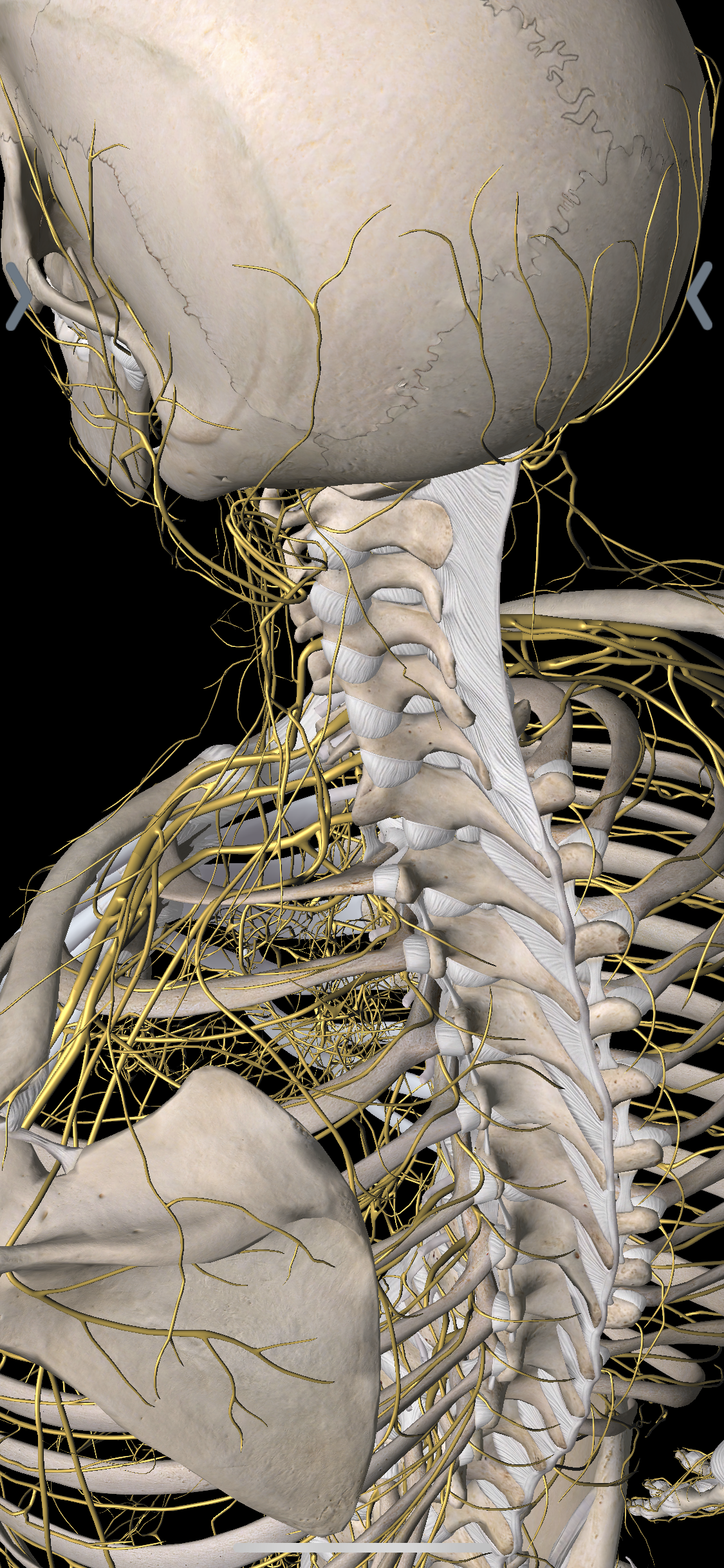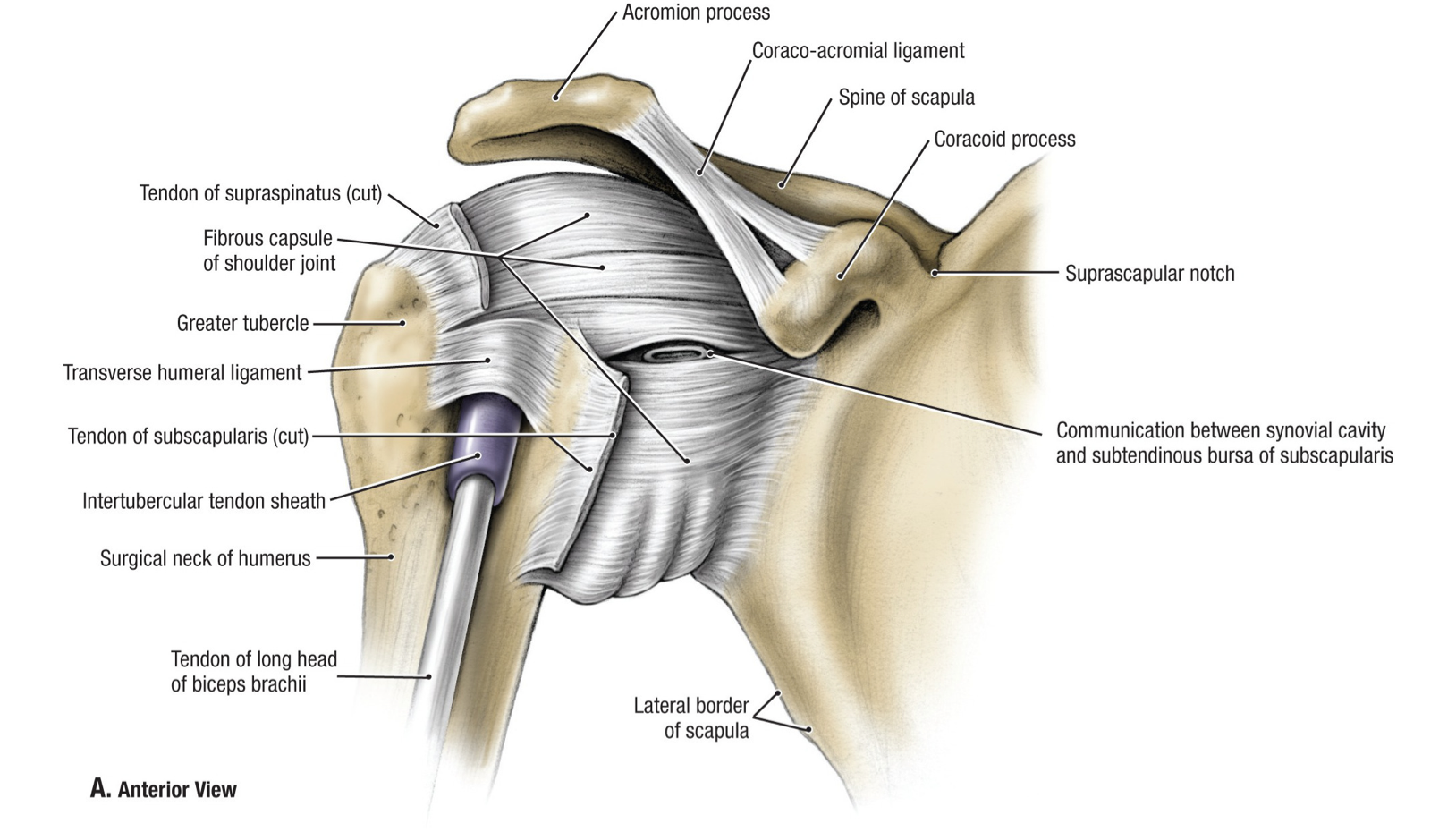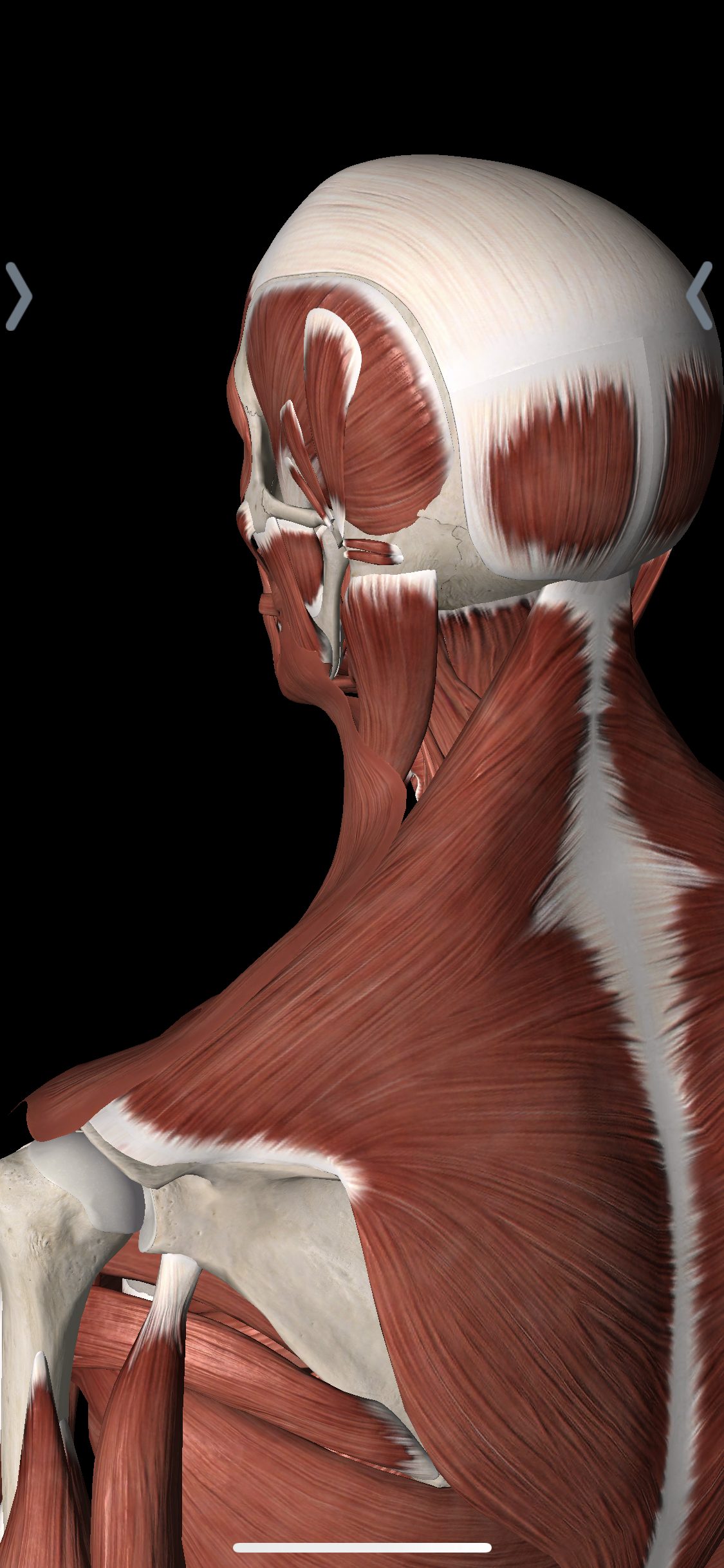Neck and shoulder pain is a prevalent and often interrelated issue that can significantly impact our daily lives. Whether it stems from poor posture, muscle tension, injury, or underlying medical conditions, this discomfort can be a persistent and disruptive companion. The neck and shoulders are intricate regions of the body, hosting a complex network of muscles, tendons, and nerves, which means that addressing pain in these areas requires a comprehensive understanding of their anatomy and function. In this informative exploration, we will delve into the common causes, symptoms, and effective strategies for managing and preventing neck and shoulder pain. Our goal is to provide you with valuable insights and tools to alleviate discomfort, improve mobility, and empower you to lead a more pain-free and fulfilling life
The nerves in your neck are intricately connected to various sensations in your arm. When these nerves become irritated, they can trigger pain that radiates from your neck to your shoulder blades, down into your shoulder and elbow, and even extend to your fingertips!

The Source of Nerve and Shoulder Pain
Determining the exact location of nerve compression can be quite challenging. It's like trying to unravel a complicated puzzle! Five nerves originating from the neck come together to form a massive bundle known as the brachial plexus. This intricate network of nerves weaves its way beneath the scalene muscles, like a hidden pathway, traverses over the first rib, and passes beneath the pectoralis minor (the smaller sibling of the prominent pectoral muscles). Adding to the complexity, the brachial plexus then separates into smaller nerves that extend down the arm, like branches of a tree reaching out. It's amazing how our body is designed, but it can also be quite tricky to pinpoint the exact source of discomfort.
What Causes Nerve Irritation?
Nerve irritation can result from various factors, including compression, injury, repetitive movements, inflammation, metabolic disorders, poor posture, overuse, nerve entrapment, and aging. The tightness in the mentioned areas can be a result of long-term shoulder problems or poor posture, leading to nerve compression and compromised blood flow to the brachial plexus. This condition is commonly referred to as thoracic outlet syndrome.
Some nerve irritation symptoms include:
- Numbness and tingling in the shoulder and arm.
- weakness in arm muscles
- pain down the arm with neck movement
A closer look
Another culprit of neck irritation that can exacerbate shoulder pain is the trapezius muscle. This powerful muscle, which extends from the top of your shoulder blade to the back of your skull, plays a crucial role in maintaining stability and support in the neck and shoulder region. However, with our modern lifestyles that involve prolonged periods of TV watching, desk work, and phone usage, the trapezius muscle can easily become overworked and strained. It is important to be mindful of this and take proactive steps to prevent and alleviate discomfort in this area. 
The additional strain on these muscles can lead to the formation of trigger points, commonly known as muscle knots, which can result in neck discomfort and in severe cases, even headaches. Moreover, various other muscles can also become overworked and subsequently cause pain that radiates into the shoulder area.
- Trapezius Muscle: Poor posture or overuse of shoulder and neck muscles can cause trigger points in the upper and middle portions of the trapezius muscle, resulting in pain in the neck, shoulders, and upper back.
- Levator Scapulae Muscle: Levator scapulae trigger points can cause neck and shoulder pain, often associated with stress or strain.
- Rotator Cuff Muscles: Trigger points in the rotator cuff muscles can cause shoulder pain and limit range of motion.
- Deltoid Muscle: Overuse or improper lifting can cause deltoid trigger points, resulting in pain in the front, side, or back of the shoulder.
- Pectoralis Major Muscle: Poor posture, excessive chest exercises, or heavy bag carrying can trigger pectoralis major trigger points, causing pain in the front of the shoulder and upper arm.
- Scalene Muscles: The scalene muscles in the neck can cause pain in the shoulder and arm. This is often associated with poor posture, neck injuries, or tension.
We're Here to Make a Difference
Remember, you don't have to navigate this path alone. Our team of experts is here to support you every step of the way. If you have any questions, concerns, or would like to explore personalized treatment options, please don't hesitate to reach out. Your well-being is our priority, and we look forward to assisting you in your pursuit of a pain-free lifestyle.
Explore more about Shoulder Pain





